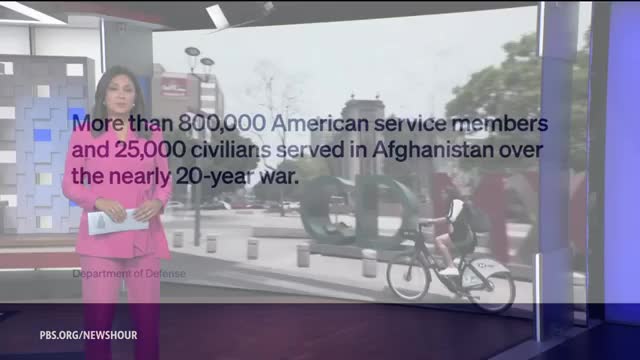Mexico City faces escalating water crisis as residents struggle

This article was created by AI summarizing key points discussed. AI makes mistakes, so for full details and context, please refer to the video of the full meeting. Please report any errors so we can fix them. Report an error »

Mexico City is grappling with a severe water crisis that has left millions of residents without reliable access to clean water. Special correspondent Julia Galliano Rios reports that the situation has become increasingly dire, particularly for those in impoverished neighborhoods like Istapa Lapa, where residents like Teresa Vasquez have not seen water flow from their taps in over a decade. Instead, they rely on murky water delivered weekly by city trucks, which often leads to conflicts among desperate neighbors vying for limited resources.
The crisis is not merely a result of dwindling water supplies; it is also a consequence of long-standing mismanagement of water resources. Experts highlight that while climate change has exacerbated the situation with hotter and drier conditions, the roots of the problem trace back centuries to the Spanish conquest, which altered the region's water systems. Currently, Mexico City sources about 30% of its water from the distant Kutzamala system, with the remainder drawn from underground aquifers. However, a staggering 40% of the city's water is lost due to leaks in the aging infrastructure.
Despite receiving an average of 30 inches of rain annually, the city's ability to capture and retain this water is severely limited. The lack of effective wastewater treatment practices further compounds the issue. Newly elected President Claudia Sheinbaum, who previously served as mayor, has promised to implement long-term projects aimed at improving water supply in the Greater Mexico City area.
As the crisis unfolds, residents continue to face daily challenges, relying on bottled water for drinking and bathing, while grappling with the harsh realities of living without adequate water access. The situation remains critical, with warnings from the country's water commission suggesting that Mexico City could be nearing a \"day zero\" scenario, where it may be unable to provide water to its population.
The crisis is not merely a result of dwindling water supplies; it is also a consequence of long-standing mismanagement of water resources. Experts highlight that while climate change has exacerbated the situation with hotter and drier conditions, the roots of the problem trace back centuries to the Spanish conquest, which altered the region's water systems. Currently, Mexico City sources about 30% of its water from the distant Kutzamala system, with the remainder drawn from underground aquifers. However, a staggering 40% of the city's water is lost due to leaks in the aging infrastructure.
Despite receiving an average of 30 inches of rain annually, the city's ability to capture and retain this water is severely limited. The lack of effective wastewater treatment practices further compounds the issue. Newly elected President Claudia Sheinbaum, who previously served as mayor, has promised to implement long-term projects aimed at improving water supply in the Greater Mexico City area.
As the crisis unfolds, residents continue to face daily challenges, relying on bottled water for drinking and bathing, while grappling with the harsh realities of living without adequate water access. The situation remains critical, with warnings from the country's water commission suggesting that Mexico City could be nearing a \"day zero\" scenario, where it may be unable to provide water to its population.
View full meeting
This article is based on a recent meeting—watch the full video and explore the complete transcript for deeper insights into the discussion.
View full meeting